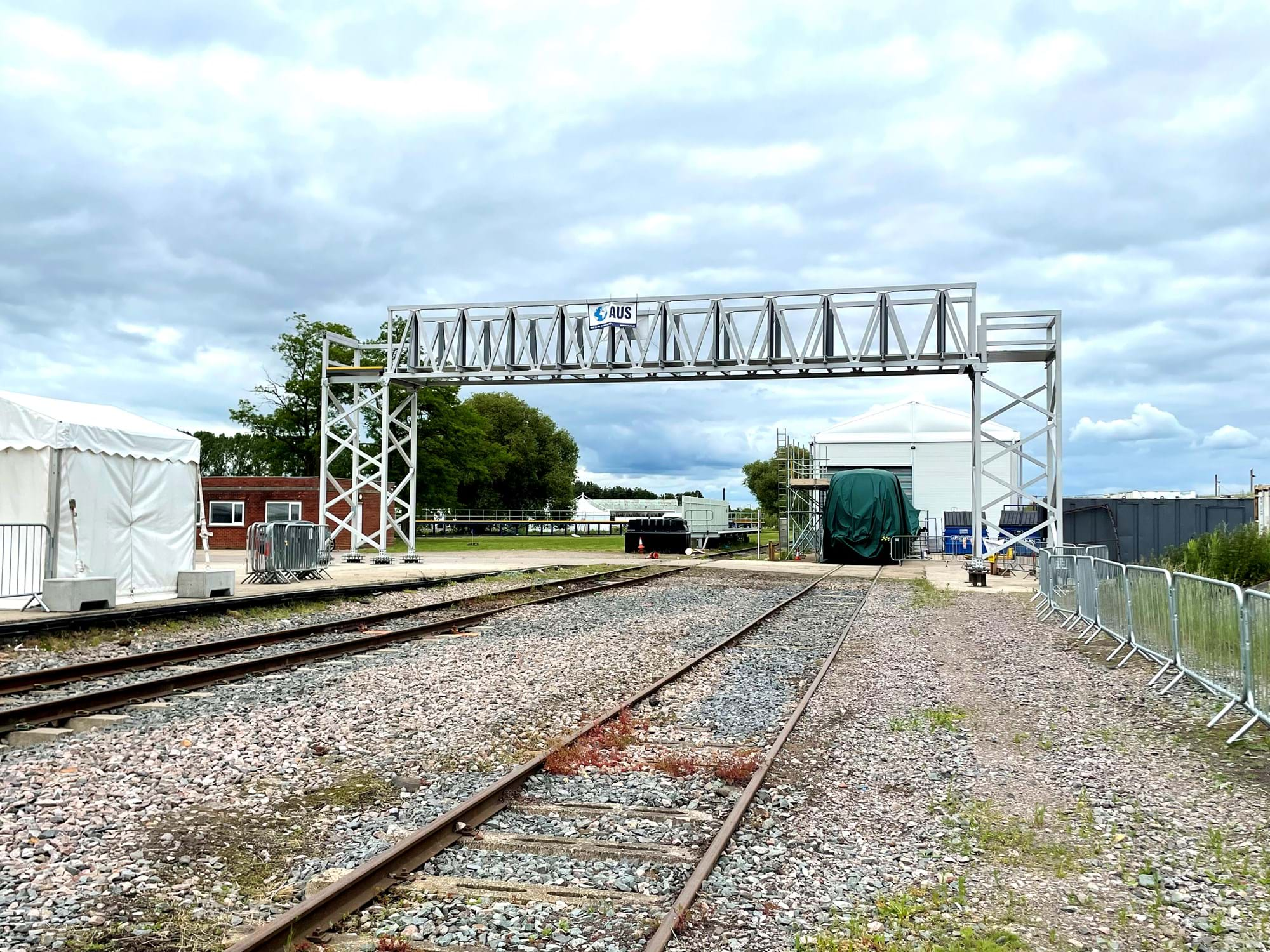

Fiberline Building Profiles A/S & AUS Ltd
Everybody in the rail industry knows that safety is of paramount importance. That’s why the number of deaths at UK level crossings has led to Network Rail seeking an alternative to traditional level crossings, and footbridges have emerged as the favourite option. However, bridges made from steel have a high impact on the environment, due to the high energy consumption during production. Due to this, and further factors such as the high cost, and lengthy installation times of steel bridges, Network Rail have been looking at different options.
AUS Ltd, a UK based manufacturing firm, supplying equipment to the rail, electrical supply, telecommunications, and arboriculture industries were awarded funding worth approximately £750,000 from the Department for Transport and Innovate UK. The purpose of this funding was to carry out two innovative products, one of which being the level crossing footbridge. AUS, teaming up with their material supplier Fiberline Building Profiles developed an innovative footbridge made from Fiber Reinforced Polymer (FRP).
Anybody interested in innovation knows that FRP is a fantastic development within construction as from a material perspective, it allows structures to be built that are as strong and stiff as steel, but weighs less. The use of FRP can reduce structure weight by 60%, meaning that it provides convenience and saves time without compromising on quality. The lightness of the material also means that when it comes to installation, things are a lot easier. Because of the reduced weight, FRP can be installed using standard road and rail HIABS, which means that installation costs are reduced.
From an environmental perspective, FRP boasts many benefits. The material used for this project is manufactured through a process called pultrusion which is a energy-optimised process. Other factors that contribute towards the positive environmental effects of FRP are the significantly reduced weight, which leads to the CO2 emissions being reduced during transport. Furthermore, FRP bridges have a long durability and minimal maintenance which results in less material and costs during the lifetime of the bridges. Given all these factors, it is easy to see why FRP is considered as a material of the future.